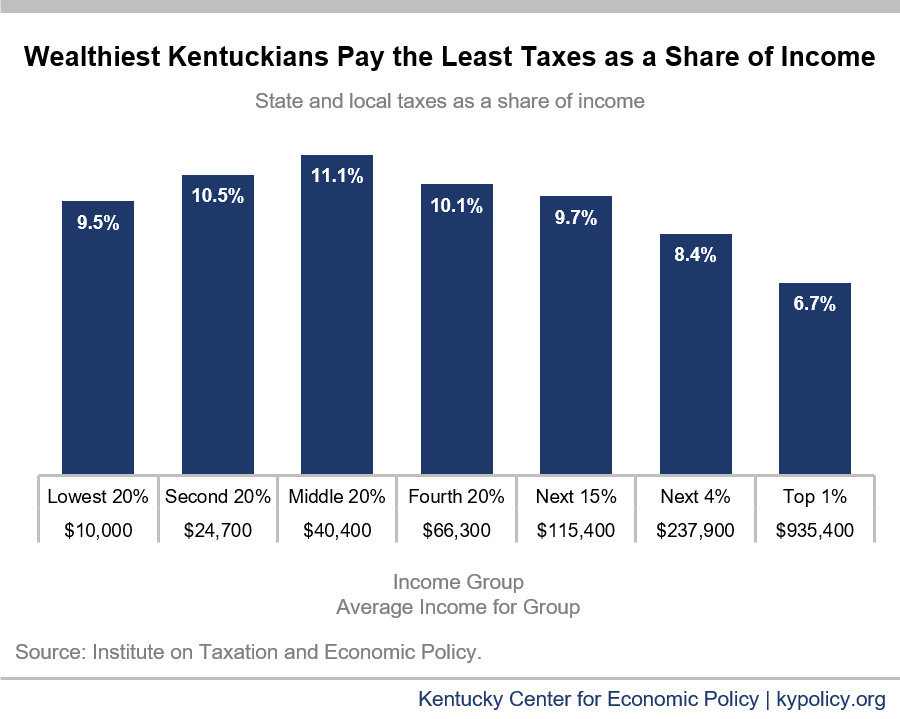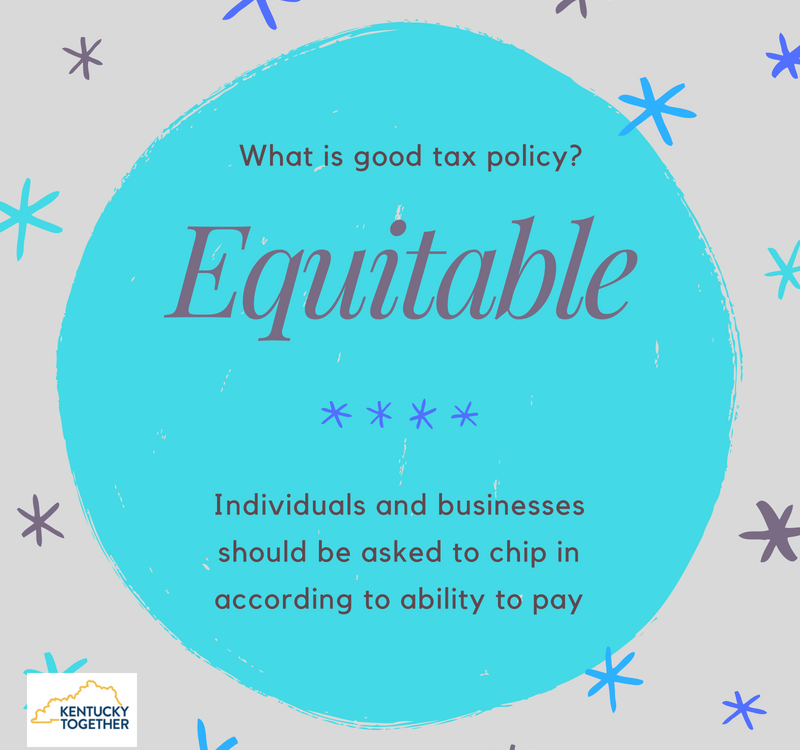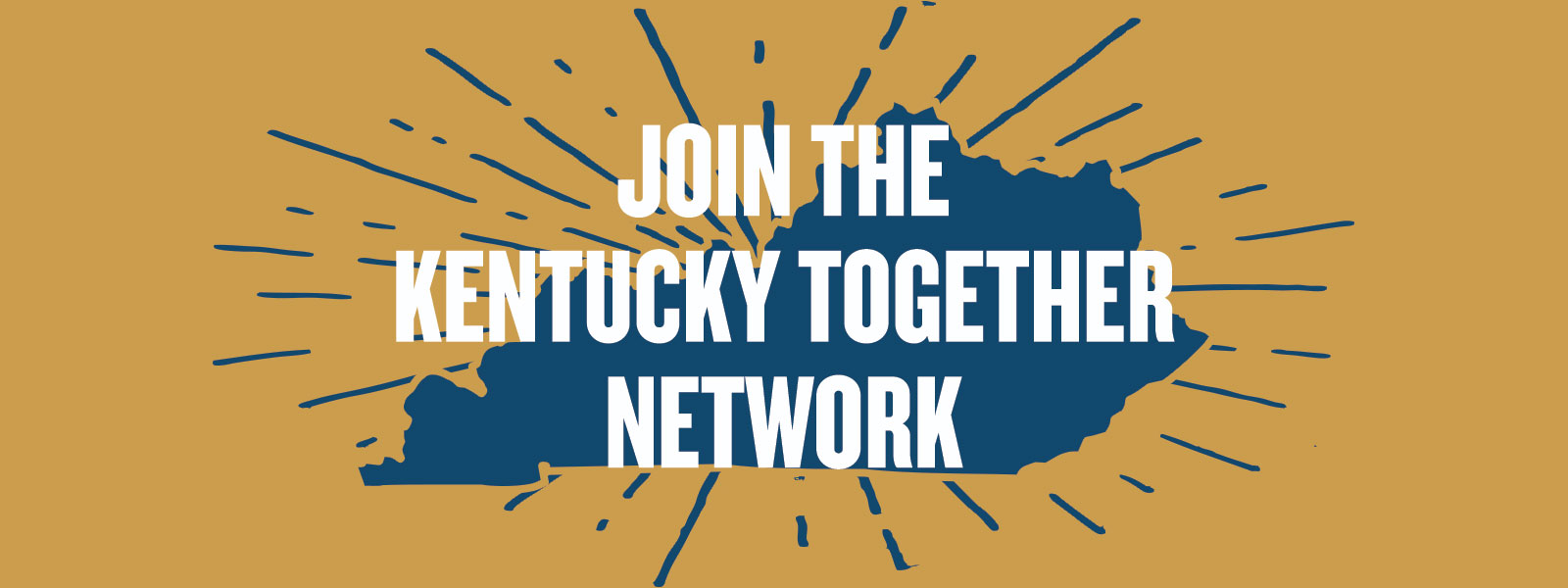Q and A: How Funding for Domestic Violence Shelters Builds Thriving Communities

Shelters Help Build Better Lives and Communities
September 25, 2016
Q and A: Why Child Care Assistance Reimbursement Rates Need to Increase
October 5, 2016Q and A: How Funding for Domestic Violence Shelters Builds Thriving Communities
According to the National Coalition Against Domestic Violence, on average, 20 people per minute are physically abused by an intimate partner in the United States.
In follow-up to our video earlier this week about GreenHouse17, we asked Mary O’Doherty, Deputy Director of the Kentucky Coalition Against Domestic Violence to help us understand how public investments are currently helping to give survivors a second chance.
Q: What services do survivors of domestic violence need?
Too often domestic violence and sexual assault victims feel compelled to stay with their abusers rather than face the economic hardship of leaving. So when victims do leave their abusers, advocates at our 15 member programs are all about helping them move to a violence-free future. The programs offer individual counseling and support groups, as well as clothing, household furnishings and other basic necessities. These programs also help survivors get GEDs, job training, life skills training, transportation, and childcare, as well as employment services – including help with preparing resumes and conducting job searches. They also offer financial education, credit-counseling, interest-free micro loans, free tax-preparation services and two kinds of Individual Development Accounts (IDAs).
Many survivors arrive at our shelters with nothing except the clothes on their backs, so we help provide very basic needs — clothes, food and shelter — but our overarching focus is helping families become self-sufficient. Advocates help survivors apply for public benefits and, most importantly, help them find housing. We provided housing services more than 10,000 times in FY2016.
It is also the reason KCADV and our member programs got into the housing business. Last year shelter staff placed more than 100 survivors in transitional housing on their campuses and helped another 200 survivors and their children find permanent housing. Using federal low-income housing tax credits, KCADV built 48 housing units from Morehead to Paducah and we’re in the middle of constructing 24 units for GreenHouse17 in Lexington. Safe Harbor in Ashland has 34 units of permanent housing adjacent to the shelter. Sanctuary in Hopkinsville has five units on its campus. Meanwhile, other domestic violence programs have partnered with landlords to help survivors find housing in their communities. All of these victims are getting help paying their rent.
A significant number of those sheltered – 1,448 – were children whose stays at the shelters ranged from a few nights to six months or longer. To give context to the length of their stays we counted 80,533 bed nights for our youngest residents. On any given night, an average of 174 children are in a KCADV emergency shelter. Advocates work hard to refer children to health care, school, and other public benefits. Last year, children received 43,783 services, ranging from individual or group counseling, to age-appropriate educational activities, to assistance with school enrollment or childcare while a parent attended an appointment.
Q: How are your services funded – is it enough to meet the needs of our community?
KCADV administers about $9.2 million in state and federal funds to our member programs. State funding for direct domestic violence services is only now starting to reach pre-recession funding levels, despite a growing demand for a broader array of services. Programs have responded by closing outreach offices and cutting staff. Shelters are open 24 hours, and many have only one staff member on duty at night, an arrangement that raises concerns about client safety.
Meanwhile, 9 of our 15 programs are in the state retirement system, and this has put a severe strain on their budgets. The state has provided assistance with increased contributions, but it is not enough and uncertainty about the future of the retirement system looms over everything. Many programs are hiring part-time staffers as a way to avoid the retirement system, but that is not a long-term solution — or a good way to build a staff.
Many of our programs are full much of the time and regularly turn away families who need shelter: A total of 1,171 survivors and their children were turned away last year because there was no room for them. Meanwhile, the residents who stay longer have more complex needs.





